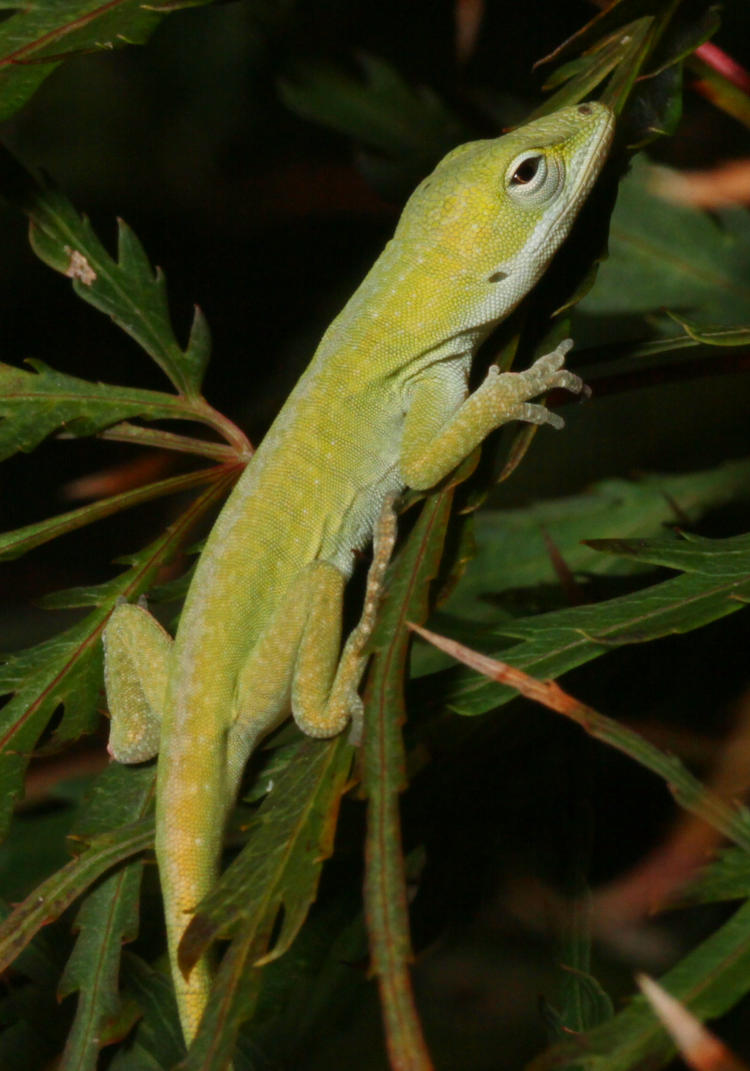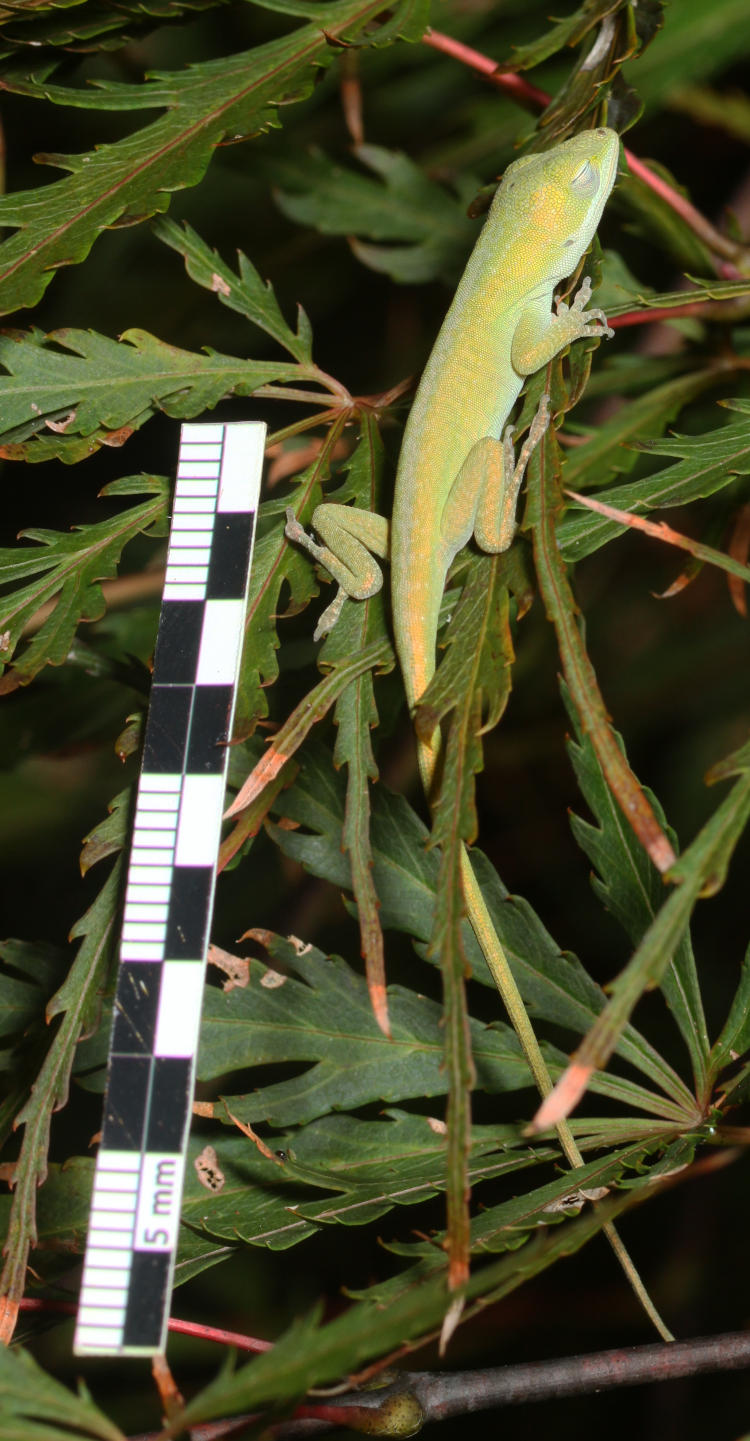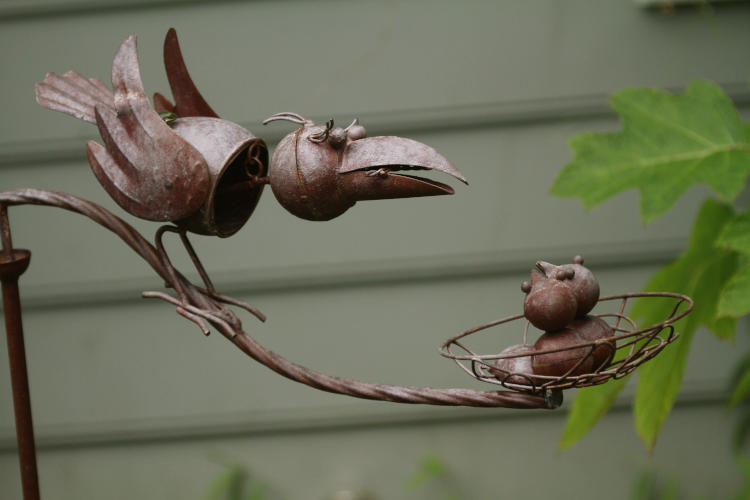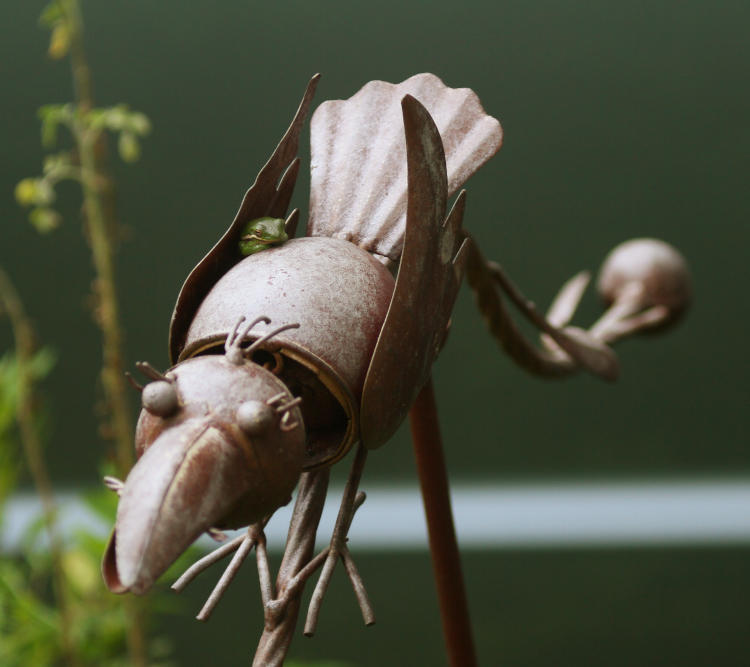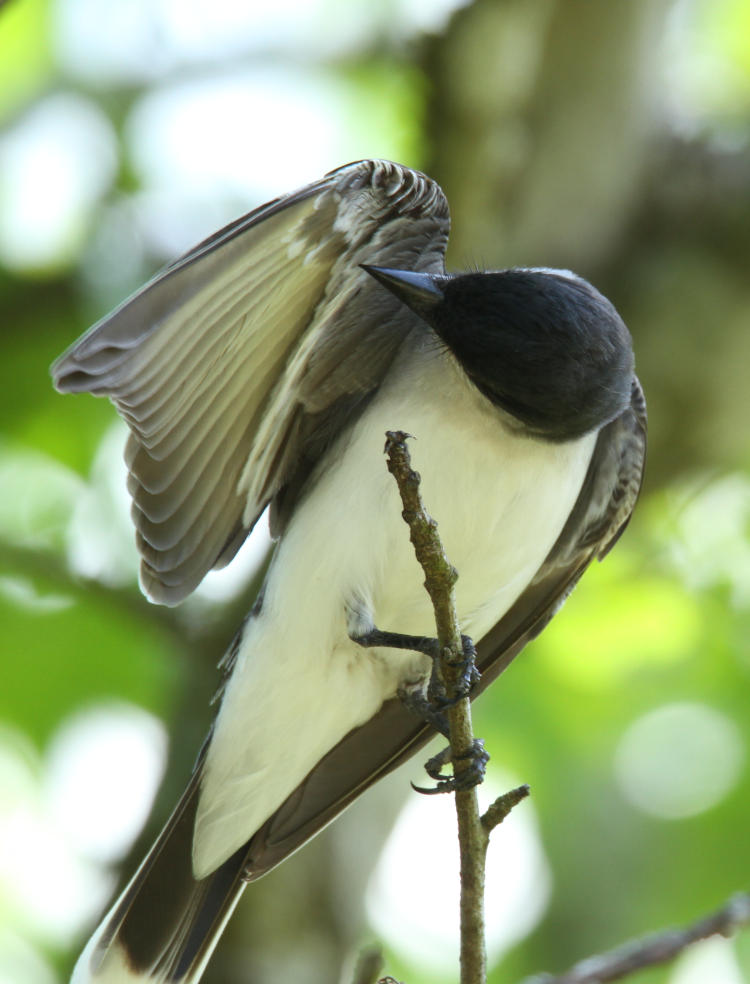I’ve been considering this post for far too long now; not whether or not it should be done, but the most effective approach to the topic, finally realizing that there is no one effective approach to anything. Additionally, the threat of playing pop psychologist was arising, something that already does a lot of damage, but then I realized that it couldn’t cause anywhere near the damage that’s already being done, and ignoring this topic in the meantime was almost amounting to cowardice, and certainly to irresponsibility. So I’m starting on it, and trying not to let it sit in draft form for too damn long.
What I’m talking about is COVID-19, which I claimed I wouldn’t mention here, but fuck that. Specifically, I’m talking about the absolutely asinine, and remarkably dangerous, aspect in this country (at least) of avoiding the various precautions against its spread. One would think that the initial numbers, over a year ago, would have convinced damn near everyone that this was a very real threat, but obviously we’re not seeing that in the least. The question is, why? And more importantly, what to do about it? I’m not qualified to answer either, and stand at great risk of talking out of my ass, but then again, that’s the story of my life.
Perhaps the most annoying thing about this is, we have some simple, easy-to-implement recommendations intended to keep people safe; that’s the bottom line. Wear a mask in public so I don’t spread a potentially fatal disease to anyone? Sure, no problem – I can’t count the number of times that I’ve had to wear a mask without the threat of fatalities, including mowing the goddamn lawn during pollen season or when clearing old leaves. Get a couple of vaccinations that might make me feel bad for up to a day? Again, bad sinuses here, so yeah, whatever – everyone in the family was fully vaccinated by the end of April, with considerably less impact than the flu (The Girlfriend got slammed with reactive side-effects – like, all of them – for twelve hours, and within another twelve was helping me build a greenhouse. I, meanwhile, got a low-grade headache for several hours, which pretty much rivals the sinuses.) I mean, given the negative impact on ourselves, versus the potential impact on others, what the fuck is the big deal here? I keep hearing we’re a great country and capable of anything, but not from appearances.
Let’s dig into several of the more common responses to the health recommendations that abound right now.
COVID-19 is all a hoax: Having been involved in critical thinking for at least the past 20 years, I can vouch for the idea that numerous people simply adore hoaxes – not perpetrating them, but believing in them, embracing them, actively searching for them. It fulfills some curious aspect of their desires, and identifying this, much less counteracting it in some way, is not likely to be a simple thing. We’d like to believe it’s simply a matter of putting down the facts, but there’s this curious thing: most people (regardless of their attitude towards hoaxes) accept facts in direct proportion to how much they want to hear them. If it goes against their presently held beliefs, or even destroys a good story, then they’re not ‘facts,’ but misleading or outright manipulative statements, and often become even more evidence that a hoax is being perpetrated, especially if any slight edge-crack at all, any inaccuracy real or perceived or simply rumored, can be found. It’s why we have UFObees claiming the “government” (despite the incredibly bratty infighting and partisanship throughout all branches and departments) is involved in a vast, decades-long coverup, therefore all the real evidence in support of aliens cannot be found.
The curious part of this is the scope of these beliefs. Before all this, I was inclined to think (perhaps most people were) that those who found hoaxes for their own sake were fairly minimal, not a horrendous percentage of the populace. The jury’s out on how many people really do accept this premise, in whole or in part, but what we’re seeing right now isn’t heartwarming, anyway.
What I started thinking about was the way that people accept the other hoax claims, and on another tangent, how they rationalize their beliefs, and the parallels to religion suddenly came to mind, specifically the rampant method of embracing certain aspects that reinforce their beliefs or biases, while blatantly ignoring and dismissing other aspects presumably just as much the word of god as the rest. It has nothing to do with believing in god or the word thereof; it has to do with finding a rationale for their own actions/mindset that is unassailable.
When it comes to, again, simple things like wearing a goddamn little piece of fabric over the nose and mouth to protect the spread of a virus, this is inconvenient. I wear glasses, I’m quite familiar with it, more so than a great many of the little bitch whiners out there. Yet it remains incredibly self-absorbed and petty, putting their own inconvenience against the safety of, really, anyone else. Curiously, it takes no effort whatsoever to find millions of people heralding our members of the military for their efforts and sacrifice, and constantly forwarding stories of heroes and so on within their social media feeds – but wear a mask? My god, what kind of barbarian asks that of someone?
And so, the hoax pops up. With it, there’s no reason to wear a mask. In fact, they become heroes themselves, by displaying their true knowledge (and believe me, the concept of possessing the Truth™ is rampant in such circles.) If it’s all a hoax, then no inconvenience has to be suffered at all. If the numbers are inflated, if the dangers are unwarranted, then there’s no reason to bother about such things. Additionally, they’re not a fool to be falling for that little trick from, you know, the entire world. Yes, irony.
I’m not saying that any of this is arrived at intentionally, with careful consideration or even weighing the alternatives, because that’s not how people think, far too much of the time (and why I continue to promote critical thinking.) It’s simply internal feelings: I don’t want to have to wear a mask, oh look, here’s justification not to, problem solved. No other factors enter into it, and anything at all that can be found or manipulated to help reinforce this limp dick conclusion is seized upon and retained – far better than the sheer numbers of infections and deaths, far better than how ludicrous it is to believe in a worldwide conspiracy about anything, far more than the incredibly obvious question of why wearing a stupid fucking mask is what the perpetrators of this hoax would spend this vast amount of effort on. It’s astounding – but it demonstrates how little people actually think about what they do.
On top of this sits the ‘personal experience’ aspect. People “believe their own eyes,” or to be more accurate, put a tremendous amount of bias on what happens to or around them, over stories in the news, or numbers, and so on; if no one they know has died of COVID, then it’s simply not deadly. This sounds like hyperbole, but it’s not; far too many people have to have someone they know die of it before it becomes ‘real.’ Annnddd that’s how you get a pandemic. Even the photos of makeshift emergency morgues filled with body bags aren’t convincing because it’s somewhere else. Again, if they don’t want to hear it, it’s not a fact.
It’s not that bad; people die of the flu all the time: The old belief that any warnings at all are scare-tactics, because really, the government benefits from businesses shutting down, paying people who are out of work, providing free vaccinations, and so on. This is exactly the same as the above, a crass justification of avoiding simple actions, and again, the ‘nobody’s fool’ concept. How many of those claiming that it’s just as dangerous as the flu have actually looked at the numbers, do you think? How many have even done the most rudimentary web searches? How many do you think could spell, “Google” correctly?
The numbers are all inflated/they are listing deaths to COVID that aren’t really COVID: I have personal experience with these, from two different sources, and it appears there are a lot of such anecdotes around. There are a few little items that should be recognized of course. The first is, I also know several people that work in hospitals, and quite frankly, the ICU occupancy numbers aren’t being faked, nor would most hospital workers sit still for such bullshit – they’re not very happy with the work load and the risks. Second, COVID-19 (or SARS CoV-2 as it is often referred to, the more specific medical term for the virus) is listed when it’s considered a significant contributing factor to the death, even when there are other health issues involved – it’s more complicated than this, but briefly, if the patient was stable before the infection, and/or continued a rapid decline even when the COVID infection had subsided (because infections can actually have lasting damage that remains, imagine that,) then COVID is most likely the factor that made them unstable. This is a common practice in medical fields. And finally, it’s the physician who determined time of death that fills out the death certificate, and these aren’t altered by anyone. So to make this claim even slightly plausible, the denier has to provide a manner in which either several hundred thousand doctors have all gotten onboard with this numbers inflation thing, or the point (and evidence would be grand, don’t you think?) where these certificates or the tallying thereof are being changed. Again, with no one blowing the whistle on it.
Wearing a mask/getting a vaccination is a violation of my rights: I doubt that the number of people who spout this comprehend how much it makes them sound like some overweight, beer-stained yahoo living in their brother’s second-hand trailer with the sun-bleached Cozy Coupe in the yard, but yeah. None of them, naturally, could find the Bill of Rights with an internet search if you threatened to take away their guns, but it’s simple: there is no such right. No one has the right, or should even have the inclination, to endanger someone else’s life through any action or inaction, but welcome to America, Land of the Free From Personal Responsibility. A lot of emphasis exists within this country on our freedoms and rights, so that it becomes a rallying cry for the poor put-upon yokel, but this is just an elaborate display of self-absorption. No one seems to consider the right to be in public without fear of contagion, the right to not fear personal contact with some ignorant chucklefuck, the right to keep small children as safe as possible from stuff that could kill them; that’s all someone else’s problem.
The amusing bit is, save for a few narrow circumstances, no one has required a mask or a vaccination: no legislation can be found that makes it illegal to exist without these precautions. It’s all been recommendations, strong ones admittedly, but nothing resembling law, and the decisions of privately-owned businesses to disallow entry to those who are too wrapped up in themselves. If anyone chooses to avoid such precautions, they are choosing not to enter such establishments, and/or to endure the occasional rebuke from anyone with brains. That’s it in a nutshell. We’re back into that inconvenience aspect again, the sheer agony and torment of doing something they don’t want to do, stamping their little feet and sobbing in the toy store. And just like in those circumstances, we’re left wondering what kind of parenting they never received.
From the hero-worship angle, you’d think that people would be more than happy to endure some trivial hardship to help and protect others, but unfortunately, we have a large number of misanthropes that instead believe they’re heroic for bucking the system, for standing up for their own petty habits, for disregarding a sign on a storefront. Way to sacrifice there, Rambo – we know who to count on when the chips are down.
Vaccinations are unsafe/nanobots/mind control/etc.: Do I really have to address this one? Yes, it appears so – so much for the requirements a grade-school education. First off, if the government wanted to inflict anything on the populace that required injection, they’d do it through tattoo ink, much less the inoculations required before entering school. That wouldn’t even be necessary, though, which we’ll hit in a moment.
The idea of nanotechnology is laughable, however. How would anyone even power a microscopic robot? What would they be capable of doing? Our technology is decades, if not centuries, away from anything so small and yet so capable, as ten minutes of perusing tech news would demonstrate, and quite frankly, if we did have such tech, there are a lot more prime targets than our own populace (see the bit about Cozy Coupes, above.) There’s a certain amusing bit in the idea that the vast majority of the country would be targeted as the movers and shakers of this New World Order – I wouldn’t trust half of the population with my bicycle but, yeah…
As for mind control, how does anyone fail to notice that our anti-vaccination president got voted out of office before the vaccines were even administered? Yes, Trump lost – get over it.
Unsafe vaccines? Yeah, that’s why they went through testing, and temporary holds and recalls, and why we have no reports of lasting ill effects, much less fatalities. Again, these are those ‘facts’ that get immediately ignored, or not even brought to mind. Watch for the next report of an individual getting ill in some way, however, and see how many people suddenly find the news is trustworthy and repeat that little tidbit. The selectivity and rampant hypocrisy is astounding, but yes, undeniably pathetic. There are no minds here to fucking control – poor little nanobots gonna starve.
Meanwhile, the vast majority of the country not only carries around a connected microcomputer everywhere that they go, but ensures that these remain fully-powered, put in even the most trivial details of their movements and actions routinely, and get most of their news through them. And they pay, quite a bit really, for this privilege! There’s no nanotechnology to even develop – we’re doing it all for them. Even more amusing, most of those that believe that they’re onto the government’s little games, knowing what’s really going on behind the scenes, have never latched onto this blindingly obvious facet of our culture.
[On a side note, I love seeing the number of mooks insisting on how tyrannical, controlling, or outright dangerous the government/NWO/Illuminati/Bilderburg is – on public websites, fully traceable, 90% of the time posted through their phones. You have to come to the conclusion that they’re far too stupid to even use forks, or they don’t really believe all this themselves. Either way…]
The scientists were wrong/the predictions were off/science doesn’t know everything/blah blah blah: The anti-science sentiment in this country is astounding, really, and actively being fostered, which far too many people are falling for – more on that below. We’ll start with, the progression of the pandemic has been remarkably accurate, almost prescient, as a modicum of paying any attention at all would demonstrate. This is even more notable in that science does not make firm predictions, but generates a range of outcomes, largely because of the butterfly effect – small variations can have larger effects down the line. Any source that claims that science predicted anything specific is more than likely talking out of their ass, which (in the age of instant information at our, heh heh, literal fingertips,) is easy enough to check. Large gatherings of people leading to mass outbreaks and significantly higher numbers of cases? Check. Kids going back to school doing the same? Check. New variants arising? Check. The hospitals seeing most of their cases through unvaccinated individuals? Check, check, check. Really, what more could we expect? Oh, you want to make a case about the efficacy of masks, back during the beginning when little information was known about the spread of the virus, because scientists should have been omniscient? Yeah, whatever – all you’re doing is demonstrating your inability pass a high school biology exam.
Meanwhile, since accuracy is sooo paramount, I’m sure that everyone concerned is well aware of all the predictions from our political leaders and internet pundits that were bang on, such as the pandemic would never take hold in this country, that it wouldn’t result in many deaths, that it was no worse than the flu, that natural immunity would take care of it, that it would all be over by April of last year – yeah, have at it, the internet is there for a reason. For a fun evening, tally how many of the same sources changed their predictions when the first failed, and then were wrong again. Don’t make it a drinking game though – the hospitals are full enough.
It illustrates the value of critical thinking, however, especially in not latching onto the bits that we like or want to hear, but all of them, and weighing their accuracy and even just the education of their sources, and making decisions based on the best information that we can get. No single source is ‘trustworthy’ – we get that only by collating as much information as we can.
And when in doubt, play it safe – gambling is not going to provide any payoff whatsoever. That’s another aspect of critical thinking: what are the consequences of being wrong? I have to wear this horrible, ugly, warm mask versus I kill somebody, maybe even myself. That one takes a lot of consideration, to be sure…
It’s political: Unfortunately, in this country it almost is, which is what makes this especially stupid, because the welfare of our residents – you know, the ones we champion as great and all that? – is never political. Any politician that actually wants to make this a sides issue should be at best lambasted relentlessly, but impeached is much more in order, because it’s their fucking job to consider the people – not just their ‘constituents,’ (which consists solely of those contributing to their ‘campaign’ funds.) When you want to talk about mind control, you can’t forget how damn near everything in this country has somehow come down to this “us or them” standpoint, anchored very distinctly on partisanship, with far too many ignorant people believing that they should follow a party line instead of sound, beneficial decisions.
But it also goes to show how self-absorbed we are, and outright xenophobic, because the pandemic is global – including all those countries that we consider backwards or lib’rul or whatever, including those countries diametrically opposed to the US, including those countries that consider us brain-dead asshats. Again, if any political body had that kind of control, why the fucking hell would they waste it on masks and vaccine recommendations? I mean, holy shit…
Notably, most of the people who use this claim/defense/horseshit are the ones that politicize everything, frothing that every last occurrence that they don’t approve of is the fault of those damn opposing politicians. Avocados not ripe enough? It’s those damn congressmen messing with transportation. Batteries dead in the car remote? That’s what we get for relaxed trade agreements with China. Cue seque.
Disturbingly, this does follow party lines a lot closer than coincidentally: Actually, it’s not even slightly hidden, as the Republican politicians, websites, and pundits in this country, by a huge margin, are the ones downplaying the virus and introducing a great many of the claims that lead to the vast number of deniers. While it’s not accurate to say that any denier must be Republican, you’d win most of the bets anyway. The GOP has long courted the angry, frustrated, and fearful members of our population, with their politicians playing the ‘wolf at the door’ card more than they ever engage in positive legislation or beneficial actions, always happy to attract those who need someone to blame for every misfortune.
While it would seem like an actual pandemic would fit this bill, with no effort whatsoever to promote it, there is a significant problem: the Democrats are in agreement this time. That – simply couldn’t be allowed to happen, because of course the Democrats were the cause of all of the woes and threats that were routinely used. Therefore, it’s necessary to promote the horrible injustices of distancing and vaccinations as if these were trains to the labor camps, instead of good medical precautions. That the angry, frustrated, and fearful are all too often not terribly bright only helps matters.
Closely related, the Republican party has had more than mild tendencies towards anti-science stances and outright legislation, whether this comes from being more in pocket to special interests like petroleum companies, or courting the voters that resent the whole idea of intelligence, or simply taking a hardline stance against the environmental leanings of the Democrats – likely all of those, and more besides. Regardless the cause, too many members of the GOP are more than happy to dismiss or denigrate those who actually know what they’re talking about because, you know, a politician that couldn’t pass a sixth-grade science test is who we should be turning to for advice in such regards.
[I’ve said before that I’m not political, and I’m not; politics in this country is this morass of nonsense, with most of the candidates not being even slightly impressive, while the electoral college system and ‘districting’ and all the other manipulations have made voting all a joke anyway. I’ve never chosen a ‘side,’ and find sides to be a pathetic abdication of thought, much less ignoring the purpose of voting in the first place. And yet, stupid is stupid, and I’m happy to call it out when I see it.]
There’s no going back: I almost missed this one, but it deserves some recognition. For an indeterminable percentage of people, the progression of the pandemic and their personal experiences have made them realize that their initial stance was, shall we say, less than optimally accurate? But they were outspoken about their views in the early stages, and changing that, admitting that their first impressions weren’t bang-on (or were even, hard as this may be to believe, ridiculously misinformed,) simply isn’t going to happen. It’d be embarrassing, and everyone knows that we’re expected, as a species, to get it all right the first time or… something bad. It’s like we think we should be omniscient, or infallible, or whatever. It does take a big person to admit that they’re wrong, and to hear us tell it in this country, we’re nothing but big, strong people – except when we’re insecure, or stubborn, or worried that someone might point out the hypocrisy.
Yet it’s undeniably beneficial to openly admit that we changed. First off, it shows that we are big enough to do so, which is actually respectable, except among the tragically insecure themselves and who cares what they think? Second, the example is something that we need more of, to make it more common within our society to say, “Yeah, in light of this information, I’m gonna have to go with what seems best.” And it’s remarkably conscience-clearing, and puts us on the road towards making things better rather than keeping them wrong or damaging or outright deadly because we fear the social repercussions of someone, I don’t know, making fun of us or something. When we actually think about it, it starts to seem trivial, doesn’t it?
So what’s the solution? Yeah, not biting on that one, and I doubt there could be any simple way of fixing such horseshit in the first place. While it may seem like a lot of people are agreed on a common thread such as “COVID isn’t a threat,” what we really have are myriad beliefs and stances: those that believe it’s a hoax, those that believe it’s real but not that big a threat, those that believe that it’s a threat but not applicable to their own lifestyle, those that already had an anti-vaccination stance to begin with, and on and on. There’s no one point of commonality in there, so no fixed approach in addressing them. Instead, a lot of it is at the individual level, finding the key points in anyone’s mind first, which often isn’t easy. One thing that I can say is not to expect to see results. No one ever changes their mind in discussion or debate – that’s admitting defeat, and that’s not how human minds work. The best that we can do is to plant seeds and let them grow.
What I will recommend is knowing as many of the flaws as we can, so they can easily be countered with solid info (which, as often as not, will be dismissed as ‘propaganda’ and so on, so we’d best be used to that idea.) I’m personally in favor of the comparative approach, which is to point out where claims or expectations aren’t measuring up, like above with the idea of a worldwide conspiracy – it makes no sense, but someone else proposed it, so it must be plausible, yes?
I’ve made a passing reference to religion, but the resemblance is more than passing. People latch onto the aspects that they like, and/or the sound bites that appease their desires or ego, without giving the faintest consideration as to whether or not such a worldview makes any sense, or could possibly result in some form of improvement, much less what the consequences of being wrong are. The sources of info that are the most ‘correct’ are the ones that give them what they want, not the ones that show competence, or fit in with what we already know about viruses, or for fuck’s sake, have actually obtained a doctorate in the field.
My own approach tends to be more than a little sarcastic, as you might have noticed, and whether this works well or not remains to be seen; people have argued that it’s caustic and not appreciated, but those have nothing to do with effectiveness, which in my experience has been more than is usually credited. But having a range of approaches probably helps as well, especially if you can target what works best towards any individual, but determining this is obviously problematic.
The other thing that I favor is highlighting where we tend to react, emotionally or subconsciously, to simple triggers rather than considering the details and making rational decisions. Much of human behavior revolves around base, emotional prods, stupid little things left over from our development, while we believe that we virtually always make good decisions. Recognizing where this goes awry is one of the key steps towards combating it, but granted, helping someone else recognize it can be tricky.
What doesn’t work, however, is ignoring it, or expecting someone else to do it, or putting it off because confrontation is so distasteful. Something to remember is that people tend to follow the flock, and are influenced, for good or bad, by how often they hear something (which is why churches even exist, much less some of the media sources.) Our input, even in passing, counts – one more voice against the ignorance. Most especially, being polite or non-confrontational will accomplish nothing when the idiots have no issues with being the opposite.
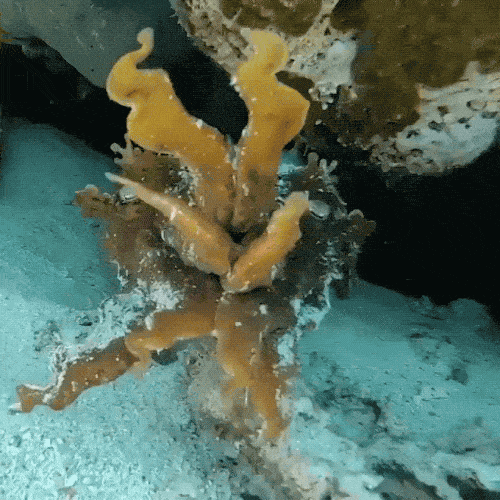
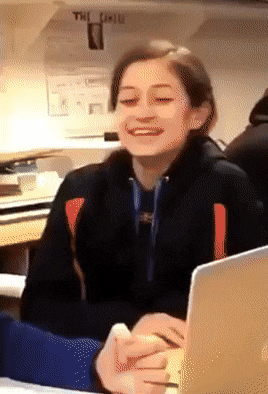
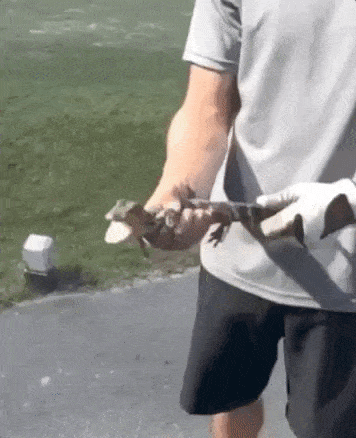

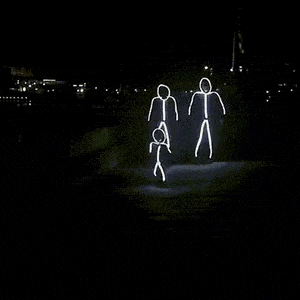

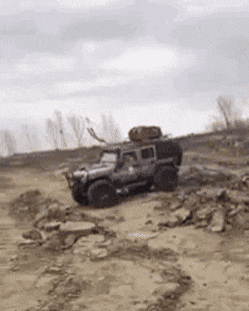
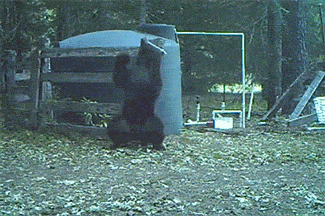
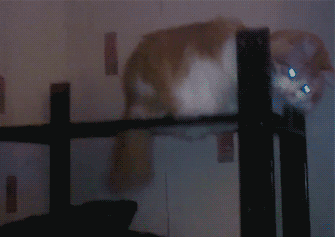
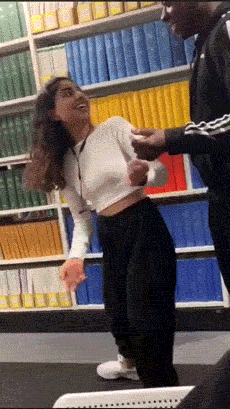
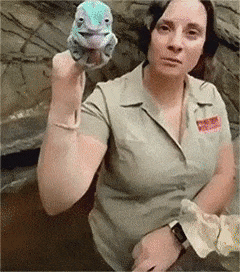

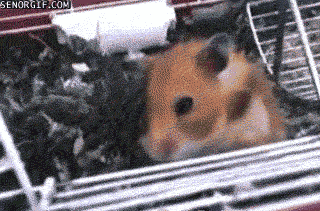





















































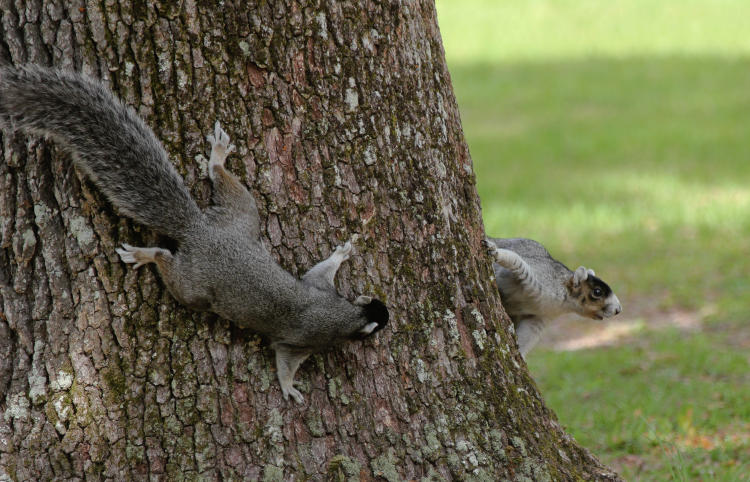

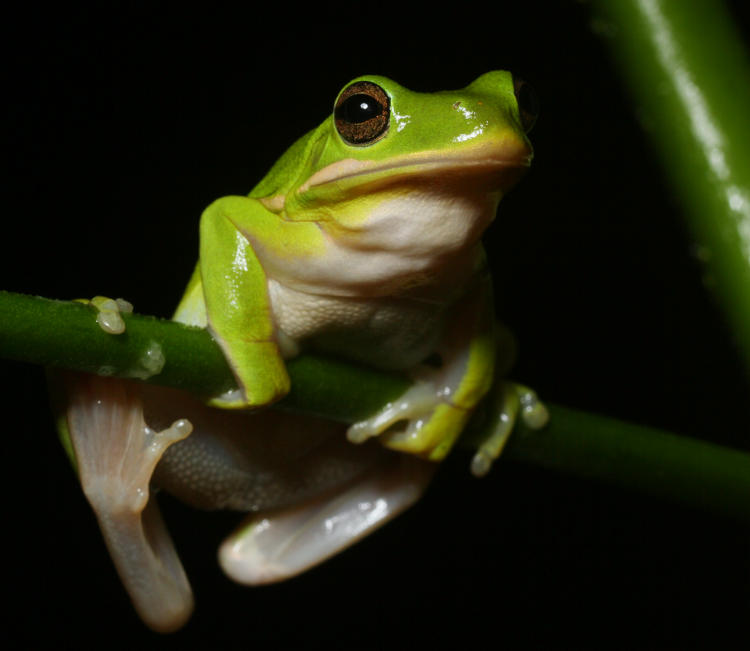
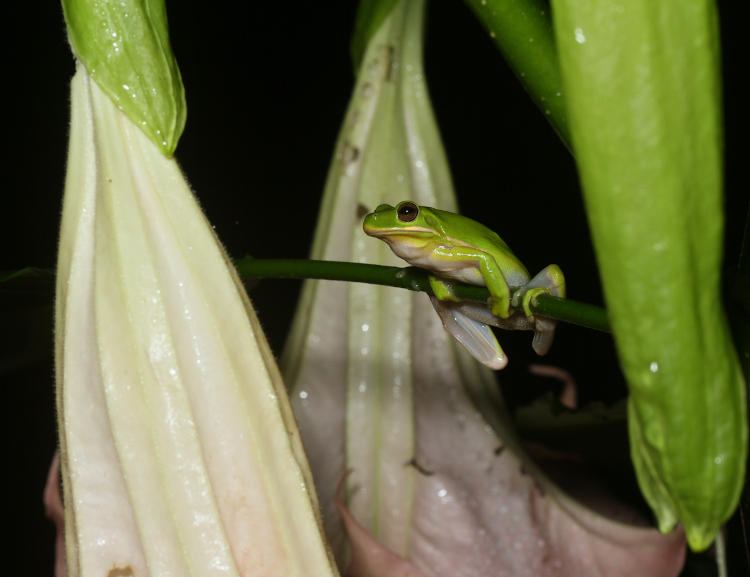
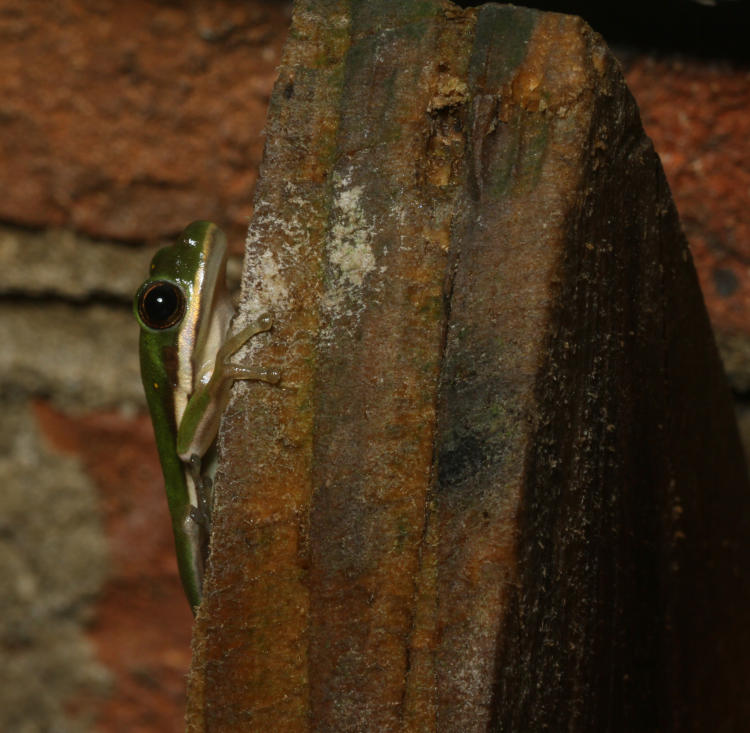


 I didn’t realize that sweatbands had become so fashionable, and truth be told, I really don’t need anything that covers my entire forehead, just something to stop the sweat from dripping into my eyes and across the glasses. It does not help in the slightest that the models that they choose to show off this new accessory are complete and utter tools. Oh yes, I can certainly see Brylon here working on his car (no, no, it’d have to be a Vespa scooter) or digging trenches in the yard. Just by association, I don’t want one of these. Listen, I don’t sip mocha lattes between working on my kick-flips, I don’t spend time trying to shape my scraggly-ass teenbeard, and I don’t need some kind of hipster-kerchief – I just want an absorbent band above my eyes. It goes to show how far behind I’ve dropped with the current and vogue whathefucks, and yet, I don’t regret this in the slightest. But I’m likely going to have to just make my own sweatband, or at least go looking in the vintage shops or something.
I didn’t realize that sweatbands had become so fashionable, and truth be told, I really don’t need anything that covers my entire forehead, just something to stop the sweat from dripping into my eyes and across the glasses. It does not help in the slightest that the models that they choose to show off this new accessory are complete and utter tools. Oh yes, I can certainly see Brylon here working on his car (no, no, it’d have to be a Vespa scooter) or digging trenches in the yard. Just by association, I don’t want one of these. Listen, I don’t sip mocha lattes between working on my kick-flips, I don’t spend time trying to shape my scraggly-ass teenbeard, and I don’t need some kind of hipster-kerchief – I just want an absorbent band above my eyes. It goes to show how far behind I’ve dropped with the current and vogue whathefucks, and yet, I don’t regret this in the slightest. But I’m likely going to have to just make my own sweatband, or at least go looking in the vintage shops or something.
